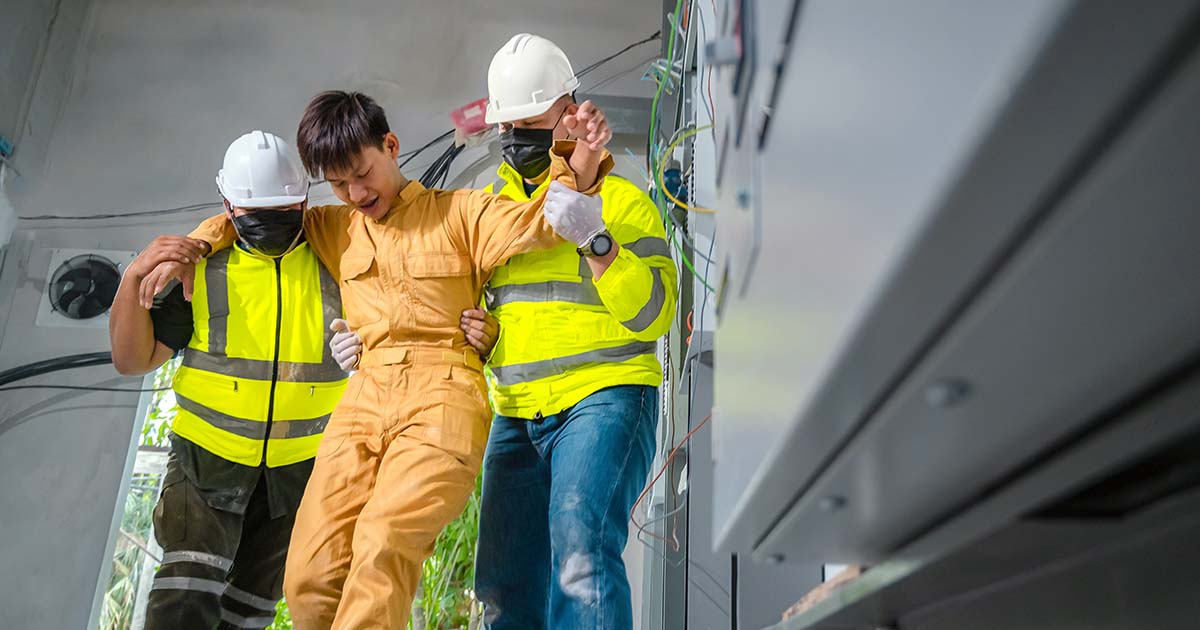Construction work is undeniably one of the most hazardous industries, with workers constantly exposed to various risks and dangers. In New York, where the skyline is ever-evolving with towering structures, construction accidents are unfortunately not uncommon occurrences. From falls and machinery accidents to scaffolding collapses and electrical mishaps, these accidents can lead to devastating injuries or even fatalities.
In such challenging times, understanding the legal rights and options available to injured workers is crucial. This comprehensive guide aims to shed light on New York construction accident laws, the role of construction accident lawyers, and how they advocate for the rights of injured workers.
I. Understanding New York Construction Accident Laws: A. Overview of Labor Laws: 1. New York Labor Law Section 200: 2. New York Labor Law Section 240 (the Scaffold Law): 3. New York Labor Law Section 241: B. Common Types of Construction Accidents: 1. Falls from Heights: 2. Scaffold and Ladder Accidents: 3. Machinery Accidents: 4. Electrocution: 5. Falling Objects: C. The Duty of Employers and Contractors: 1. Providing a Safe Working Environment: 2. Training and Supervision: 3. Equipment Maintenance: D. Workers’ Compensation vs. Third-Party Claims: 1. Workers’ Compensation Benefits: 2. Third-Party Liability Claims: 3. Differences and Limitations: E. Statute of Limitations: 1. Time Limit for Filing Claims: 2. Exceptions and Extensions:
II. The Role of Construction Accident Lawyers: A. Initial Consultation and Case Evaluation: 1. Understanding the Circumstances of the Accident: 2. Assessing Liability: 3. Explaining Legal Rights and Options: B. Gathering Evidence and Documentation: 1. Securing Accident Reports and Witness Statements: 2. Obtaining Medical Records and Expert Opinions: 3. Reviewing Safety Regulations and Compliance: C. Negotiating with Insurance Companies: 1. Presenting a Strong Case for Damages: 2. Dealing with Settlement Offers: 3. Advocating for Fair Compensation: D. Litigation and Court Representation: 1. Filing Lawsuits and Legal Proceedings: 2. Representing Clients in Court: 3. Presenting Evidence and Arguments: E. Providing Support and Guidance: 1. Emotional Support for Injured Workers: 2. Guidance Throughout the Legal Process: 3. Ensuring Clients’ Interests are Prioritized:
III. Challenges and Considerations: A. Complexity of Construction Accident Cases: 1. Multiple Parties and Liability Issues: 2. Complex Legal Procedures: 3. Challenges of Proving Negligence: B. Importance of Experienced Legal Representation: 1. Knowledge of Construction Industry Standards: 2. Understanding of Legal Precedents: 3. Access to Resources and Experts: C. Impact of Comparative Negligence: 1. Contributory Negligence and Its Effects: 2. Mitigating Factors and Legal Strategies: 3. Importance of Skilled Legal Defense: D. Dealing with Insurance Companies: 1. Tactics Used by Insurance Adjusters: 2. Strategies for Handling Insurance Claims: 3. Importance of Legal Representation in Negotiations:
IV. Recent Developments and Case Studies: A. Notable Construction Accident Cases in New York: 1. Scaffold Law Cases and Verdicts: 2. Successful Third-Party Liability Claims: 3. Impactful Legal Precedents: B. Legislative Changes and Their Implications: 1. Proposed Amendments to Labor Laws: 2. Advocacy Efforts for Worker Safety: 3. Potential Impact on Future Construction Accident Cases:
V. Conclusion: A. Importance of Legal Advocacy for Injured Workers: 1. Holding Responsible Parties Accountable: 2. Ensuring Just Compensation for Damages: 3. Promoting Workplace Safety and Accountability: B. The Role of Construction Accident Lawyers in Building a Better Future: 1. Advocating for Legal Reforms: 2. Providing Support and Guidance to Injured Workers: 3. Upholding Justice and Fairness in the Legal System:
Conclusion: Construction accidents in New York demand a proactive approach to protecting the rights and interests of injured workers. By understanding the intricacies of New York construction accident laws and the vital role of construction accident lawyers, individuals can navigate the legal landscape more effectively. Through advocacy, legal representation, and support, we can strive towards a safer and more just future for all those involved in the construction industry.
